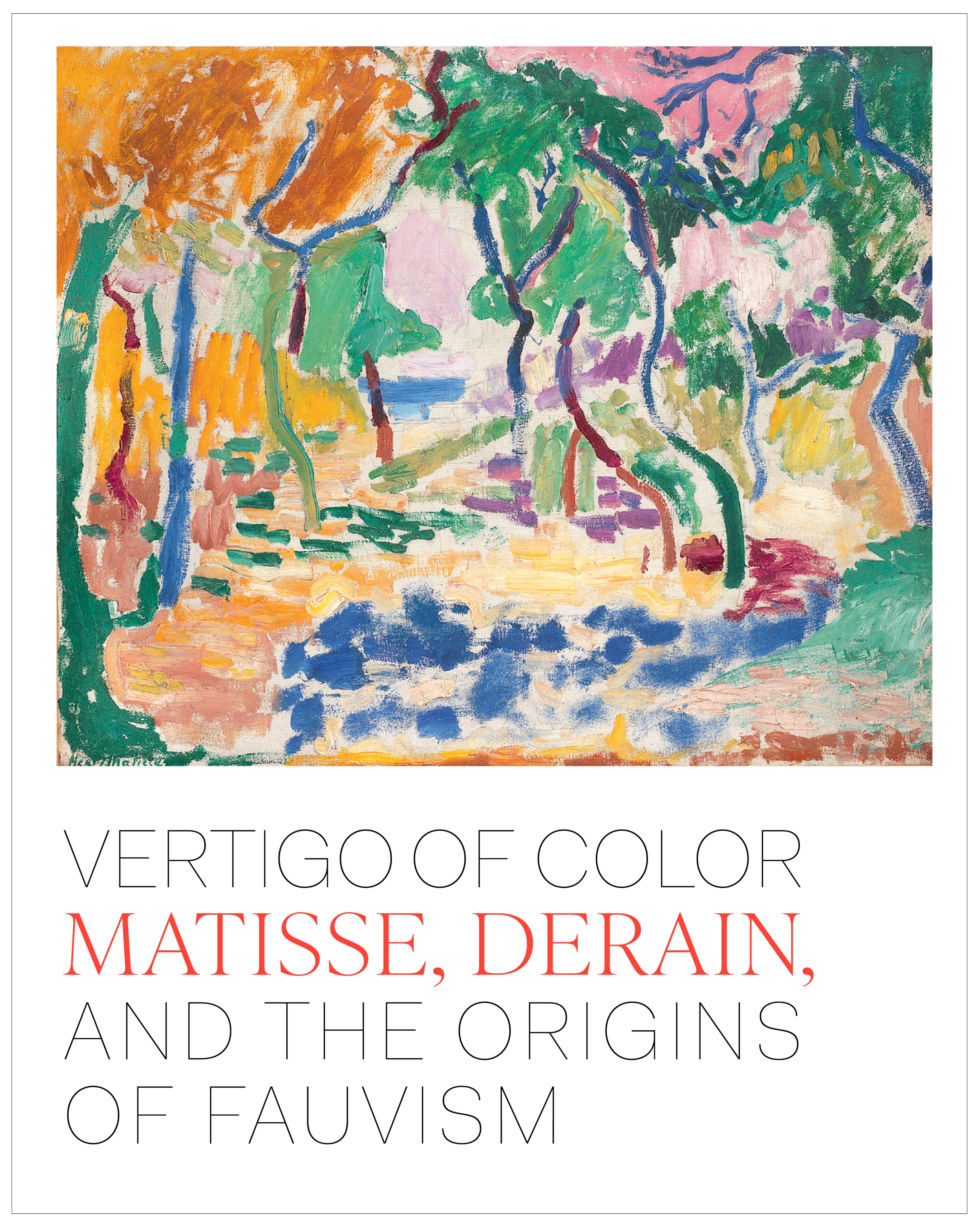Young Sailor II
Beginning in 1905, Matisse spent the summers—and sometimes even the winters—in Collioure and continued to do so intermittently until about 1914. It was in Collioure that the sitter for The Young Sailor, a local sardine fisherman, caught his eye. In this second version of the painting (the first, dated 1906, is in a private collection), the contours have been sharpened, the forms are more defined, and the colors have been reduced to large, mostly flat areas of bright green, blue, and pink—a decorative style and palette adopted by Matisse from this point on. Matisse also drastically altered the sailor's mood and expression. His stylizing brush wiped off the earlier round-cheeked youthfulness of the fisherman's face, replacing it with a masklike expression of savvy cunning from which a touch of licentiousness seems not absent. The sitter's rather theatrical looks and his colorful costume, set against the pink candy-colored ground, combine to make this work one of Matisse's most decorative portraits in the Fauve manner.
Artwork Details
- Title: Young Sailor II
- Artist: Henri Matisse (French, Le Cateau-Cambrésis 1869–1954 Nice)
- Date: 1906
- Medium: Oil on canvas
- Dimensions: 39 7/8 × 32 11/16 in. (101.3 × 83 cm)
- Classification: Paintings
- Credit Line: Jacques and Natasha Gelman Collection, 1998
- Object Number: 1999.363.41
- Curatorial Department: Modern and Contemporary Art
More Artwork
Research Resources
The Met provides unparalleled resources for research and welcomes an international community of students and scholars. The Met's Open Access API is where creators and researchers can connect to the The Met collection. Open Access data and public domain images are available for unrestricted commercial and noncommercial use without permission or fee.
To request images under copyright and other restrictions, please use this Image Request form.
Feedback
We continue to research and examine historical and cultural context for objects in The Met collection. If you have comments or questions about this object record, please contact us using the form below. The Museum looks forward to receiving your comments.
